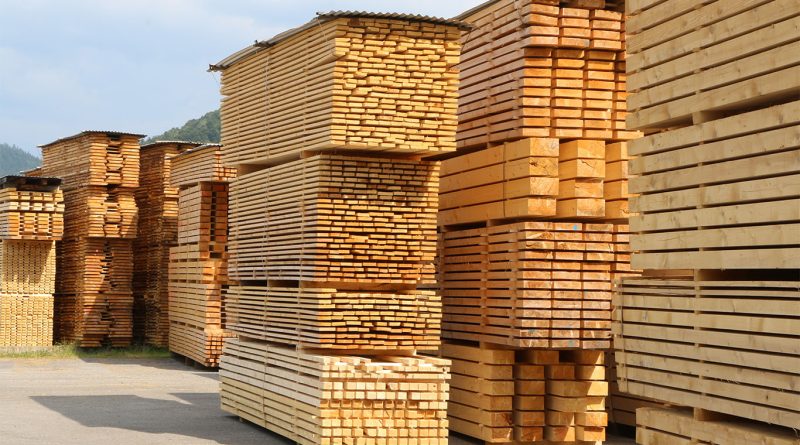6 Benefits of Mass Timber in Sustainable Construction
In the hunt for sustainable development and climate-resilient construction methods, the construction industry is witnessing a paradigm shift towards more eco-friendly materials. Among these, timber emerges as a beacon of innovation and environmental stewardship. This material is not just a tribute to the tradition of building with wood but a modern solution to the pressing challenges of carbon emissions and resource depletion. Through careful analysis and comparison, mass timber has proven itself to be a superior alternative to conventional building materials like concrete and steel, not only in terms of environmental impact but also in enhancing the performance and efficiency of construction projects. As we discuss the benefits of this remarkable material, we will explore how timber is shaping the future of construction and architecture.
1. Sustainability
Timber is a renewable resource that, when sourced sustainably, can be replenished with minimal environmental impacts. This material significantly contributes to reducing carbon emissions during construction by sequestering carbon dioxide, making it a greener alternative to traditional building materials like concrete and steel.
2. Superior Performance
Studies have shown that timber outperforms concrete and steel across several performance metrics. This includes not only environmental benefits but also structural and aesthetic advantages, positioning mass timber as a holistic solution for modern construction challenges.
3. Project Effectiveness
The lighter weight of mass timber allows for more efficient transportation and handling, leading to faster construction timelines. This effectiveness can significantly speed up the time to market for new buildings, benefiting developers and communities alike.
4. Energy Efficiency
Due to its previously mentioned lightweight and insulating properties, mass timber contributes to the energy efficiency of buildings. It provides excellent thermal performance, reducing the need for additional heating and cooling, which in turn lowers energy consumption and costs.
5. Construction Advantages
Building with mass timber is often faster than traditional methods and reduces noise pollution around construction sites. Its suitability for prefabrication means that parts of the building can be manufactured off-site and assembled quickly on-site, further reducing construction time and disruption.
6. Environmental Impact
Timber’s sustainable sourcing has fewer lasting environmental impacts compared to other construction materials. The use of new engineering technologies and sustainable forestry practices enhances the ecological benefits of mass timber, making it a forward-thinking choice for building projects.
From its renewable sourcing to its superior performance, mass timber emerges as a beacon of innovation and environmental stewardship. As we navigate the complexities of urban development and climate change, embracing timber as a primary construction material offers not just practical advantages but also a profound commitment to reducing our ecological footprint and safeguarding the planet for future generations.
